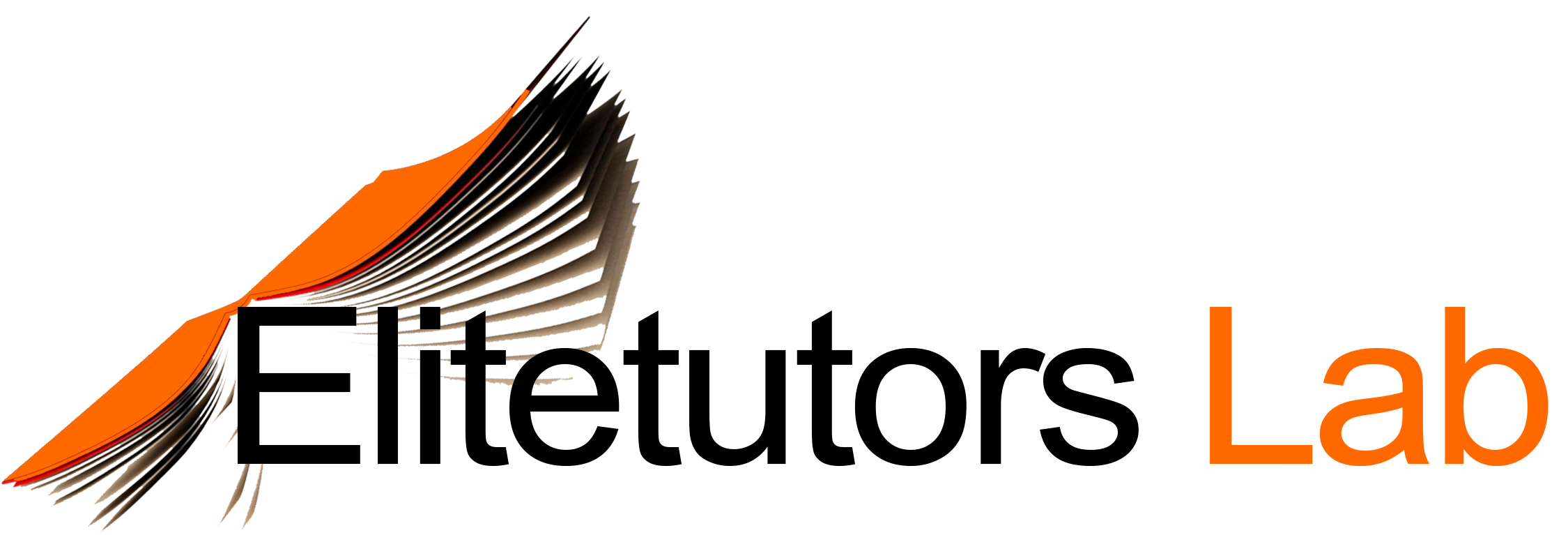Questions
1) What are the 5 typical features of animals? What are the purposes of these features?
Question 2) Explain the basic hierarchy of structure in animals (e.g., cells, tissues)? How do the different ‘levels’ of structure in animals relate to each other?
Question 3) What are systematics and taxonomy? What are the 8 main levels of classification? What features/characteristics are used to separate major groups of animals (e.g., presence/absence of tissues are used to separate sponges from all other animals)? Provide at least 2 other examples.
Question 4) What are the different types of symmetry? Give examples of organisms with each type.
Question 5) Explain basic development of animals. Start with a fertilized egg (zygote) and end with gastrulation.
Question 6) What are diploblastic and triploblastic animals? What are the differences between the 3 germ layers? What does each layer become? Are most groups of animals protostomes or deuterostomes? Define protostome and deuterostome in your own words.
Question 7) Explain the differences between acoelomate, pseudocoelomate and eucoelomate (coelomate) body cavities.
Question 8) What are the major phyla (plural of phylum) of invertebrates discussed in class? Name at least 2 features which make each phylum unique. Provide at least 2 examples of animals which belong to each phylum. Tip: A table may be useful.
Question 9) How are non-vertebrate organisms important (ecologically, economically, ect)? Provide at least 3 examples.
Question 10) Which phylum (excluding chordates) was the most interesting and why? There is no right or wrong answer!
Part 2 – Vertebrates
Question 11) Why are modern fishes considered to be non-monophyletic (not a ‘good’ group)? Hint: See the second slide of the Ch. 19 PowerPoint.
Question 12) What are the major groups of fishes, amphibians, reptiles and mammals? It may be helpful to make a table.
Question 13) Do cartilaginous fishes (such as sharks) have a swim bladder? What purpose does a swim bladder serve?
Question 14) What are the 4 common fish scale types? What type do sharks have?
Question 15) What is the difference in respiration (breathing) between amphibians and amniotes?
Question 16) What characteristic(s) unites amniote animals (reptiles, birds and mammals)? Please define the following terms in your own words: amnion, chorion, allantois.
Question 17) How are birds and ‘classical’ reptiles related? Which group of ‘classical’ reptiles is most closely related to birds?
Question 18) What are the evolutionary advantages of flight in birds? What are 4 adaptations that birds have developed for flight?
Question 19) Birds and insects both fly with the aid of wings. Why don’t we consider insects and birds to be more closely related? Hint 1: include a phylogenetic tree that shows insects and birds. Hint 2: what is convergent evolution?
Question 20) Did humans evolve from chimpanzees or apes? Explain your answer in your own words.
Click here to have a similar A+ quality paper done for you by one of our writers within the set deadline at a discounted rate
